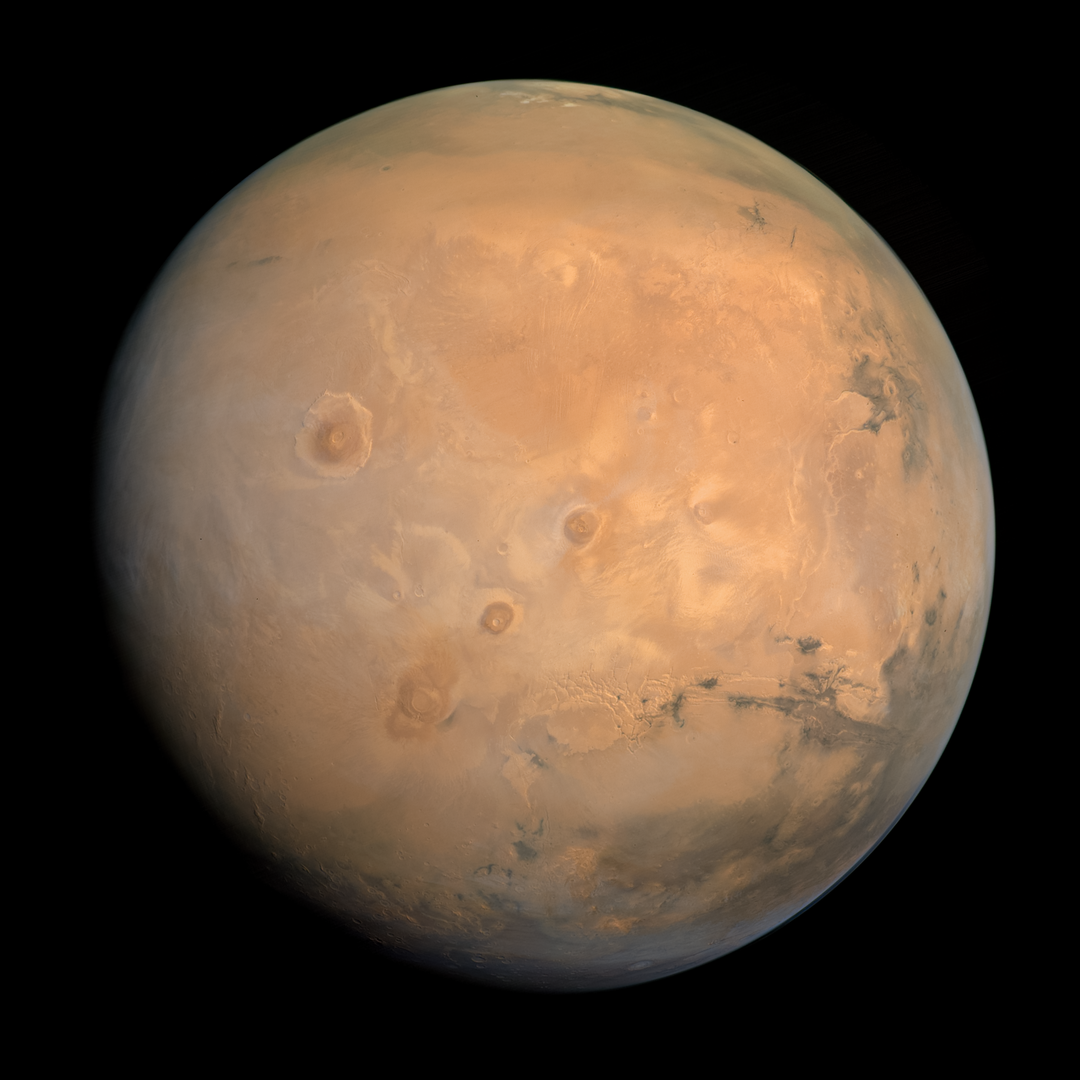
Is it possible that Mars could have once been warm enough to support life? New research suggests that volcanic emissions billions of years ago may have created a greenhouse effect that made the red planet surprisingly hospitable, challenging our understanding of early Martian climate. The key lies in unusual sulphur compounds that ancient Martian volcanoes released into the atmosphere.
Continue reading
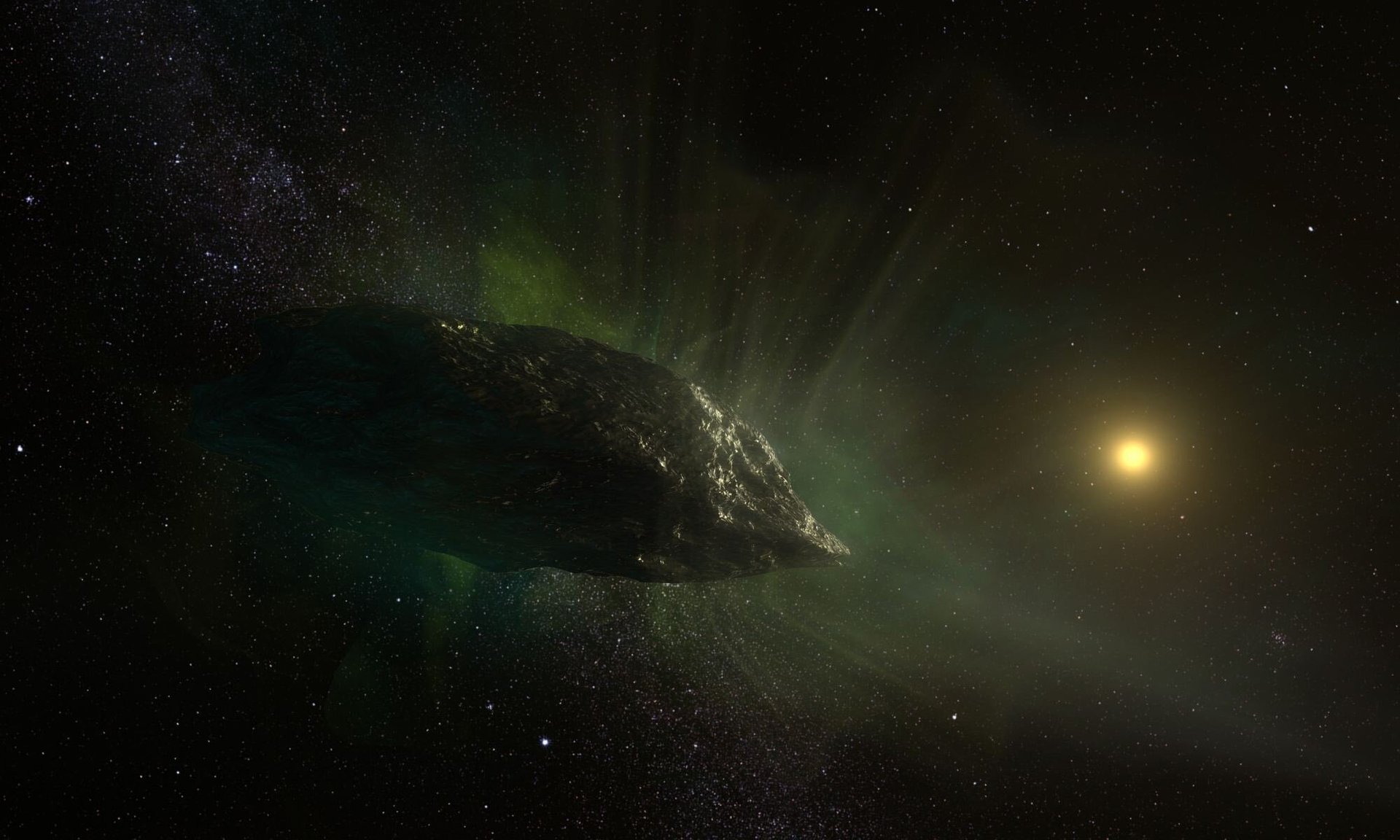
The earliest images of 3I/ATLAS, newly uncovered by Michigan State University, reveal how the interstellar object evolved as it traveled through our solar system—and how other distant solar systems might be different from our own.
Continue reading

What are the constants of nature? What do they do? What do they tell us…and what do they not tell us?
Continue reading
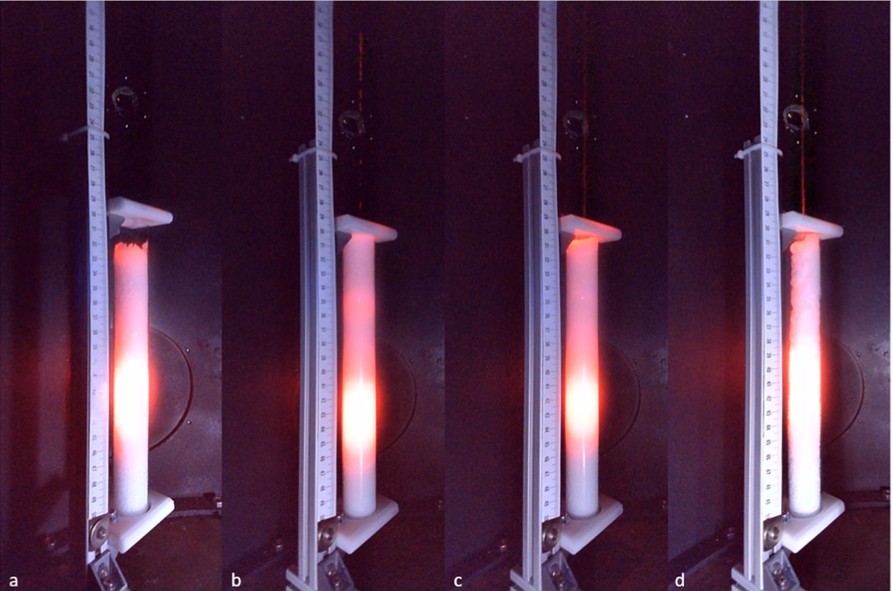
Lasers aren’t just useful for entertaining cats or pointing out features of powerpoint slides. They can also drill holes on icy extraterrestrial bodies from comets to Mars polar caps. At least according to a new paper in Acta Astronautica by researchers at the Technical University of Dresden, who describe a new laser drill for use on icy surfaces throughout our solar system.
Continue reading
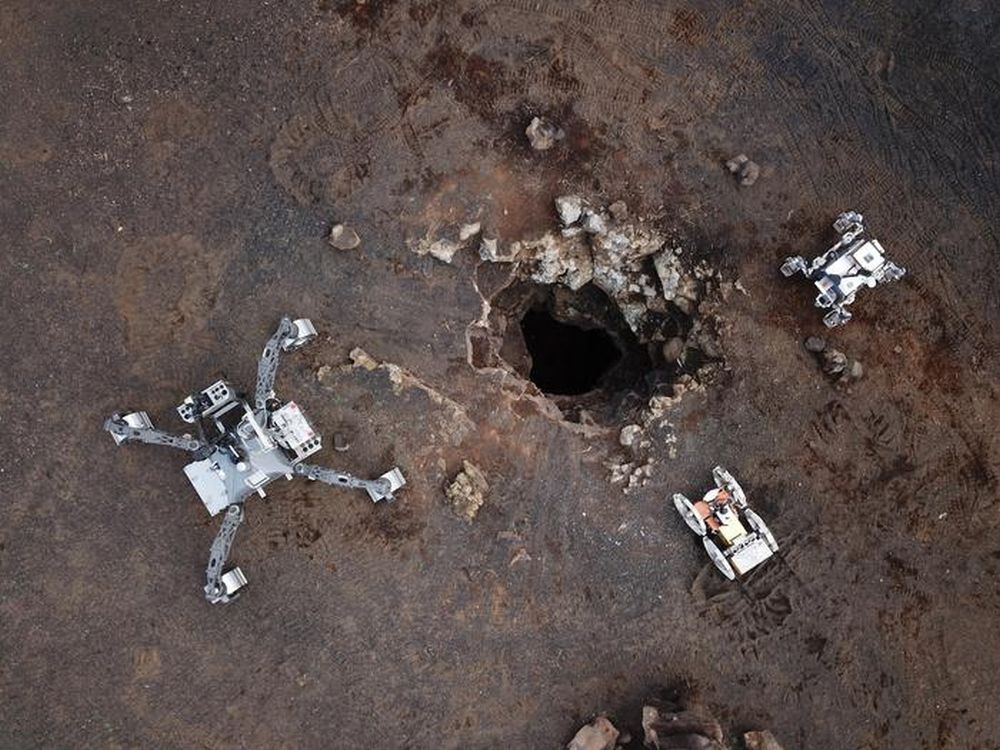
Seeking refuge in caves is natural. Animals do it, and so did our ancestors. Future lunar astronauts may do the same when they visit the Moon. Lunar caves can provide protection from the harsh radiation that bathes the Moon, the wild temperature swings on its surface, and from meteorites that can damage spacesuits and equipment. But these caves need to be explored first, and new research outlines how a team of three diverse robots working together could do the job.
Continue reading
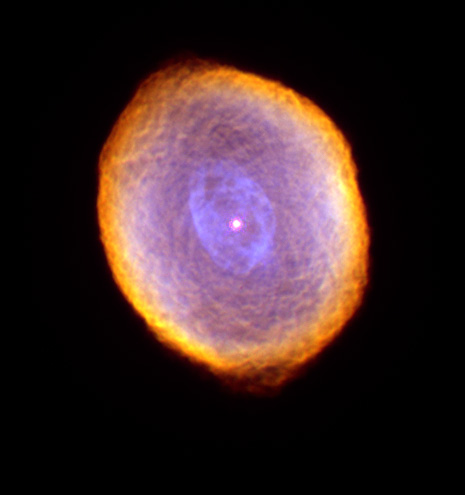
A study published in a recent edition of Astrophysical Journal Letters by researchers at the University of Manchester and Hong Kong University has charted the growth and evolution of IC418, spanning observations going all the way back to years after its discovery in the late 19th century.
Continue reading
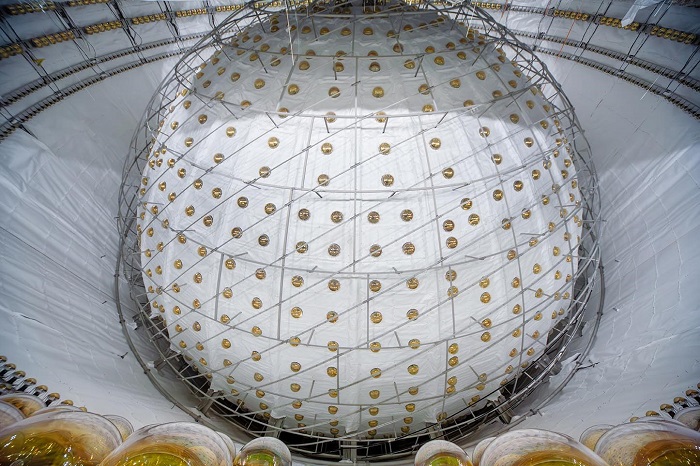
Neutrinos are one of the most enigmatic particles in the standard model. The main reason is that they’re so hard to detect. Despite the fact that 400 trillion of them created in the Sun are passing through a person’s body every second, they rarely interact with normal matter, making understanding anything about them difficult. To help solve their mysteries, a new neutrino detector in China recently started collecting data, and hopes to provide insight on between forty and sixty neutrinos a day for the next ten years.
Continue reading
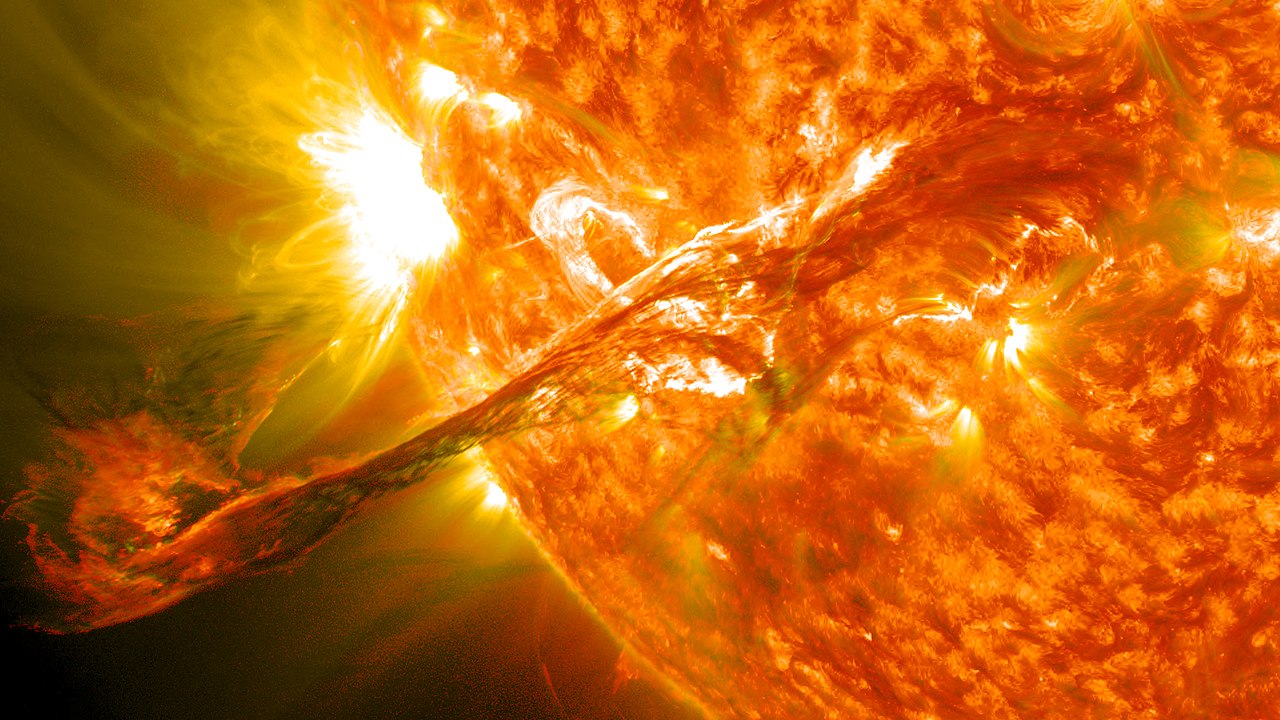
Just as Earth has its four familiar seasons, our Sun experiences its own version of seasonal cycles that affect life on our planet. But unlike Earth's yearly rhythm, the Sun's "seasons" unfold over an 11 year magnetic cycle that scientists are now understanding in entirely new ways.
Continue reading
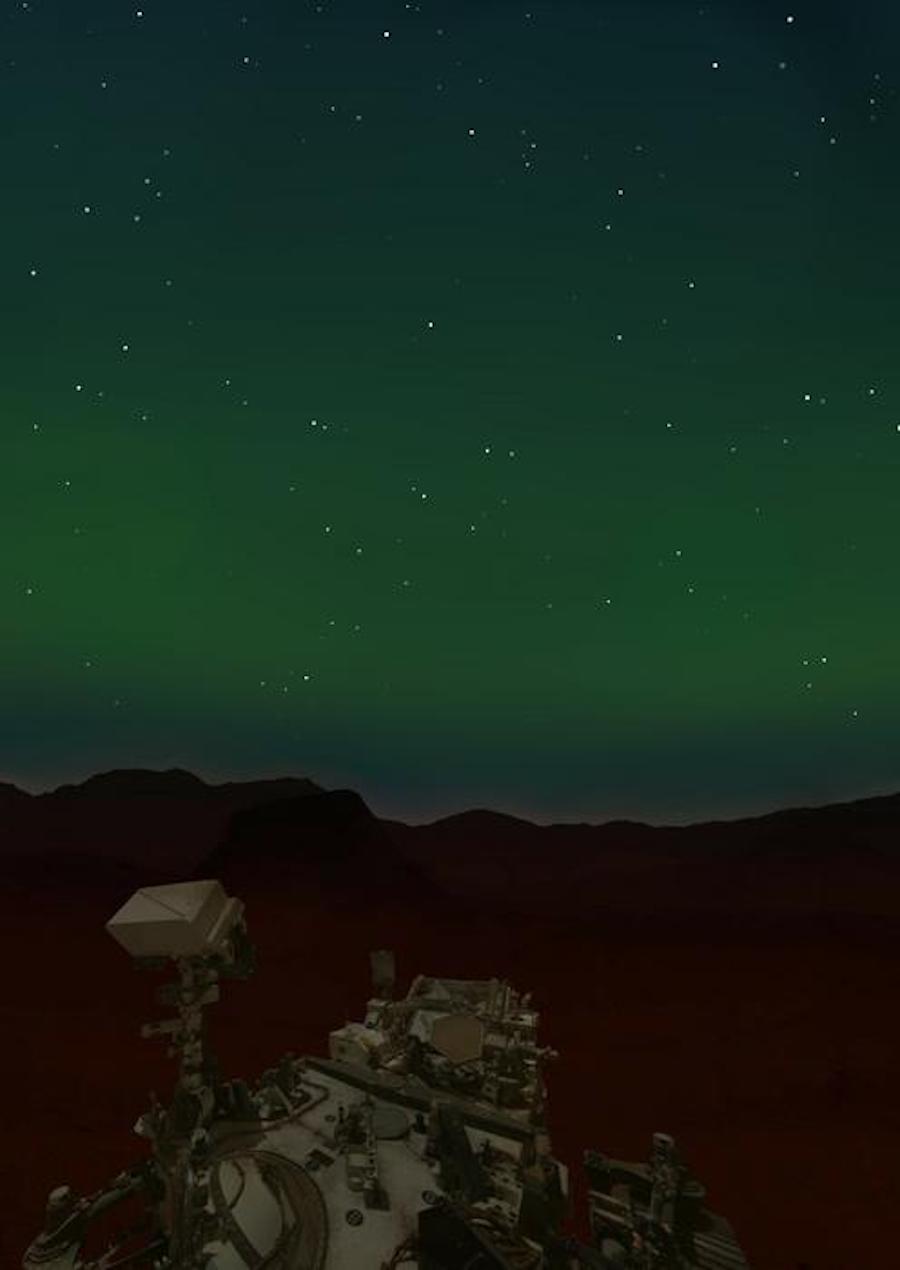
For the second time in history, the gentle glow of the aurora has been captured in Mars's night sky. It’s a phenomenon we enjoy here on Earth and we can, to a varying degree of success predict its appearance. Now a team of scientists are learning how to predict when these spectacular light shows will happen on Mars too. It's a breakthrough that could one day help protect future astronauts on the red planet while also helping us to understand these beautiful displays work in alien skies.
Continue reading
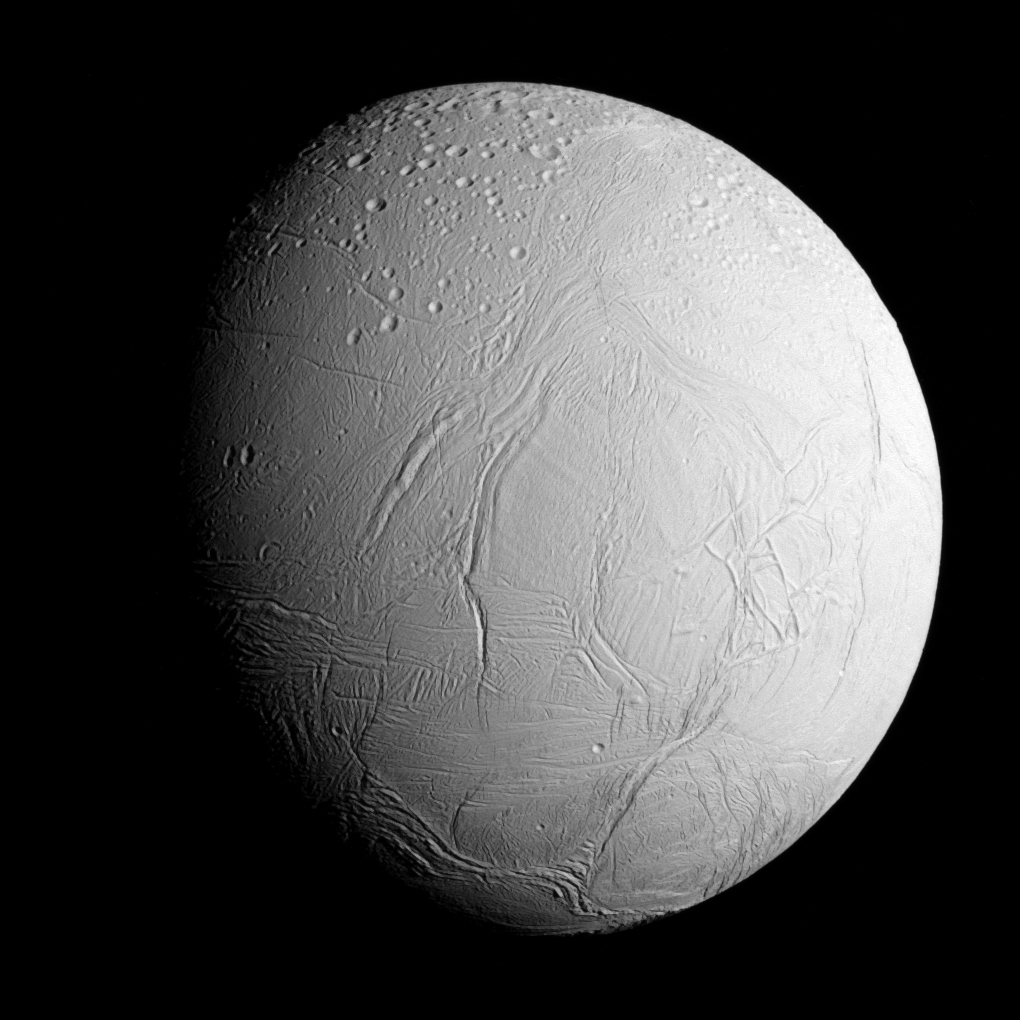
I still remember the first time I saw Saturn through a 10 inch telescope when I was ten years old. It looked just like it did in pictures, a pale yellow disk circled by its stunning ring system. What I couldn't see then were Saturn's moons, including the small, icy world of Enceladus that has since become one of the most exciting targets in the search for life beyond Earth. This tiny moon shoots spectacular plumes of water from cracks in its frozen surface, plumes that contain organic molecules. But a new study suggests we shouldn’t get too excited about what these molecules actually tell us about the possibility of life.
Continue reading
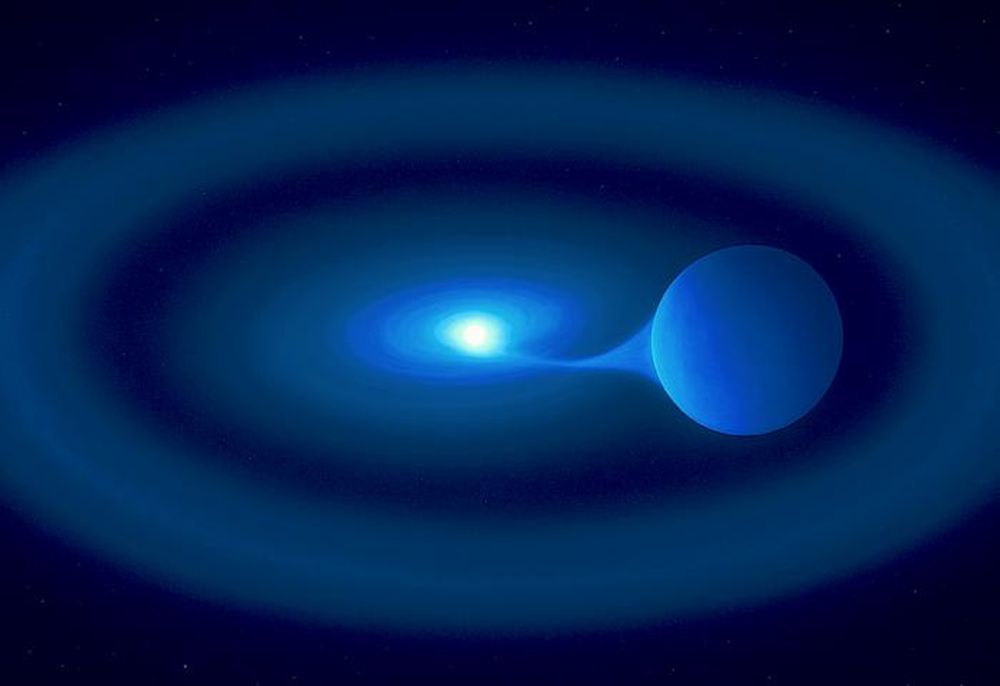
A binary star that has puzzled astronomers for decades may finally be explained. The accretor star is sucking material from its donor star so rapidly that it can't contain it all and is forming a bright, circumbinary ring.
Continue reading
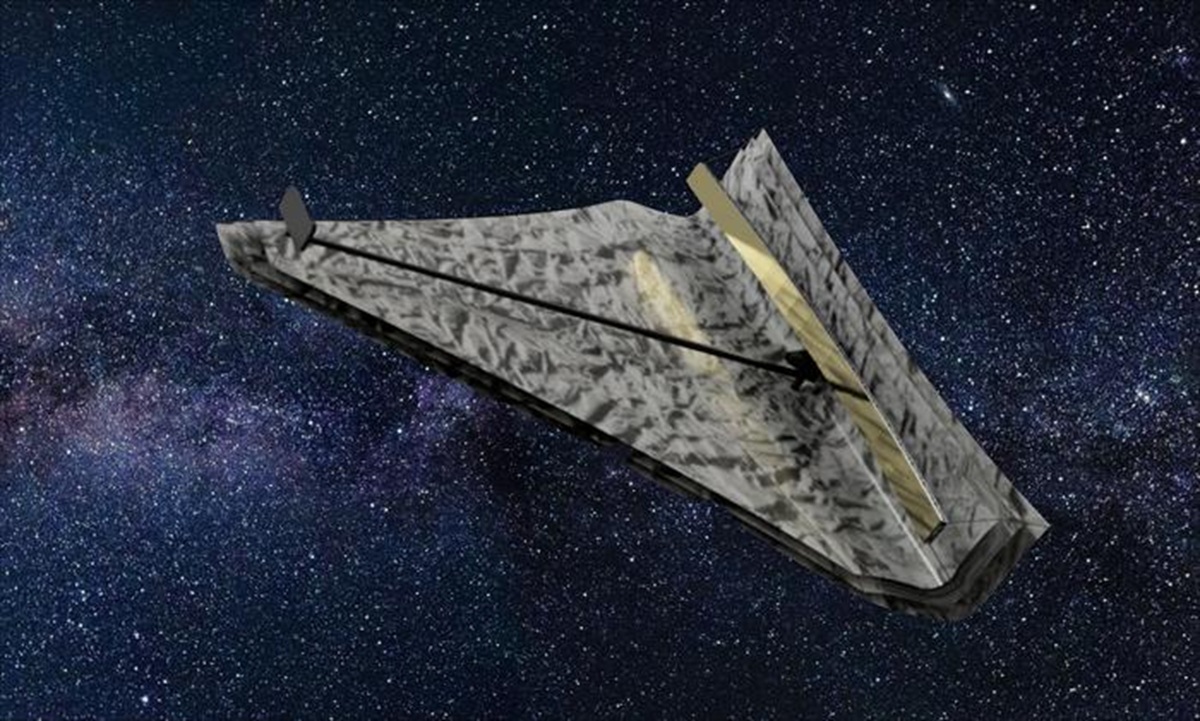
In a new study, a team led by [Prof. Heidi Newberg](https://faculty.rpi.edu/heidi-newberg) from the [Rensselaer Polytechnic Institute](https://www.rpi.edu/) (RPI) recommended building a telescope with a triangular mirror rather than a traditional circular one. Such a telescope could greatly aid in the search for Earth analogs around nearby stars.
Continue reading
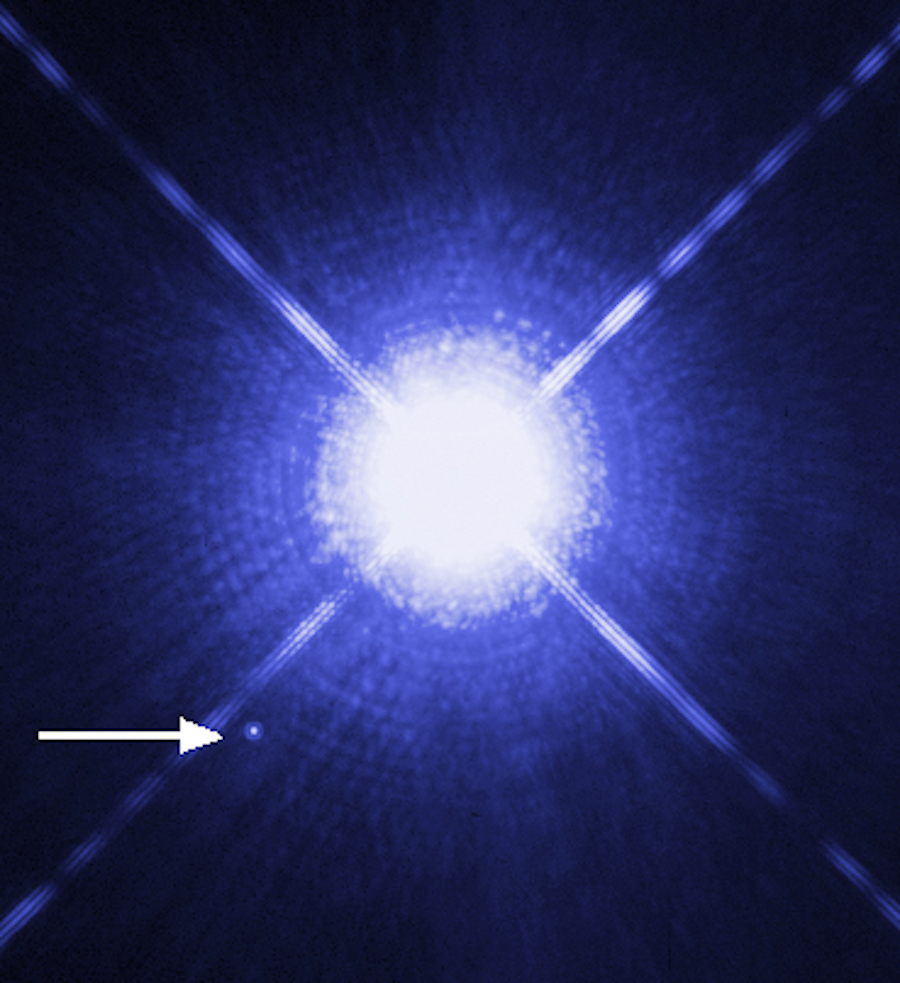
It’s really quite reasonable to assume the stars don’t move! Indeed that was the opinion of our ancestors however we now know they are far from stationary. Imagine a star racing through space so fast it could travel from Earth to the Moon in just three minutes. These are known as hypervelocity white dwarfs and they have puzzled astronomers for years. Now, a team of researchers have finally cracked the mystery of how they get launched at such incredible speeds.
Continue reading
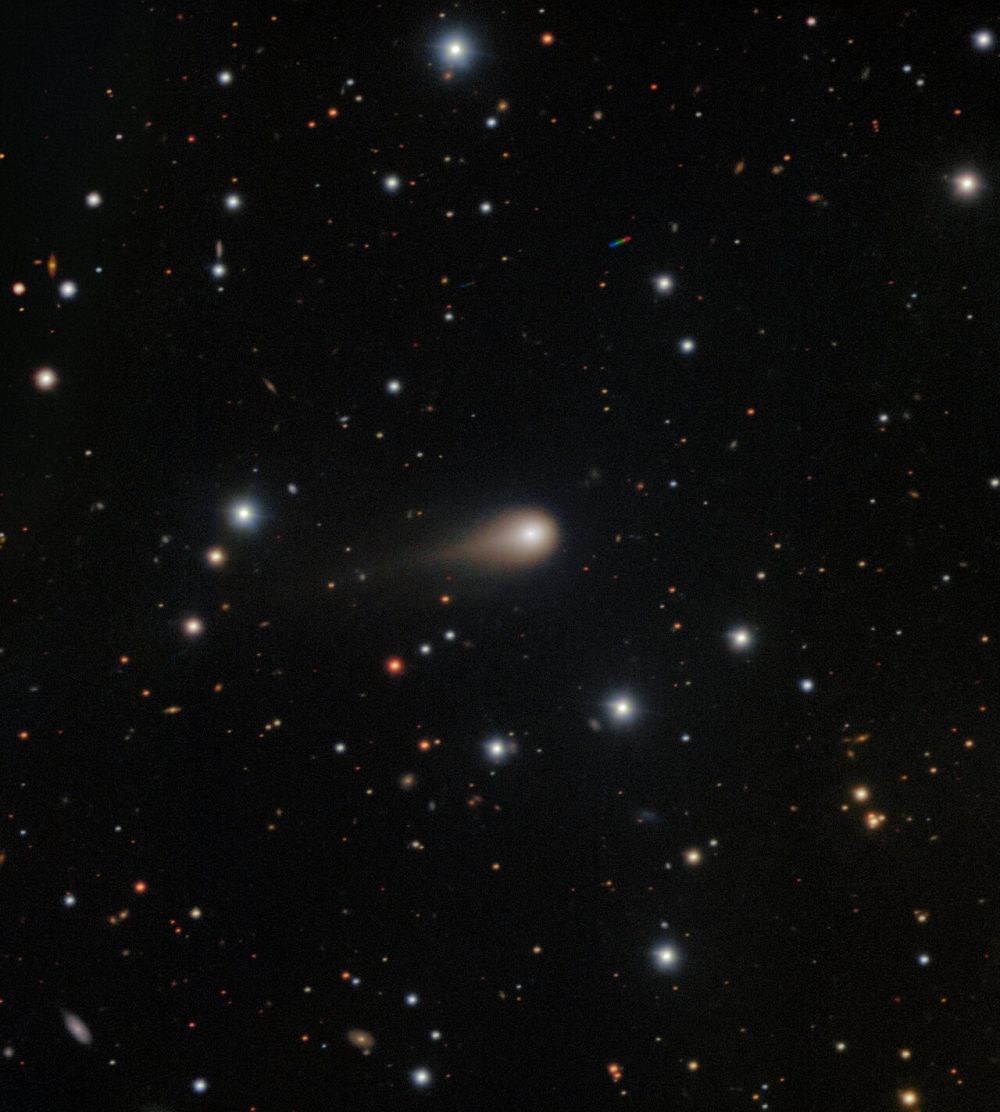
When an interstellar object (ISO) travels through our inner Solar System, the immediate question is "Where did it come from?" There are only fleeing opportunities to study these, since their trajectories take them out of the Solar System pretty quickly. A new research effort aims to understand where the most recent ISO, 3I/ATLAS, originated.
Continue reading
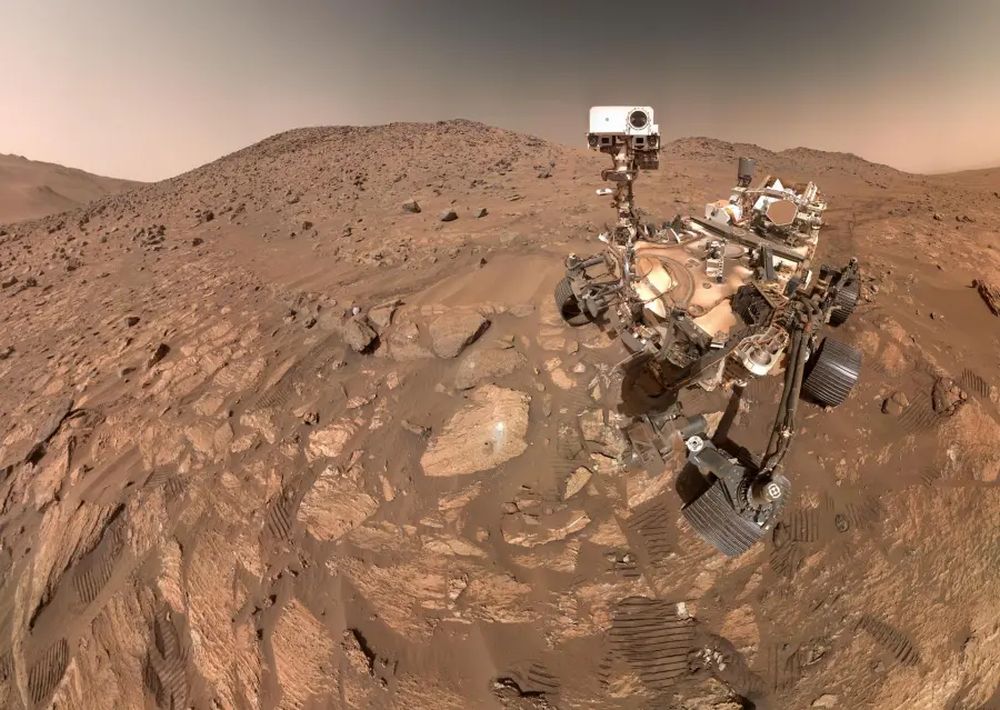
NASA Says Mars Rover Discovered Potential Biosignature Last Year - https://www.nasa.gov/news-release/nasa-says-mars-rover-discovered-potential-biosignature-last-year/
Redox-driven mineral and organic associations in Jezero Crater, Mars - https://www.nature.com/articles/s41586-025-09413-0
Continue reading
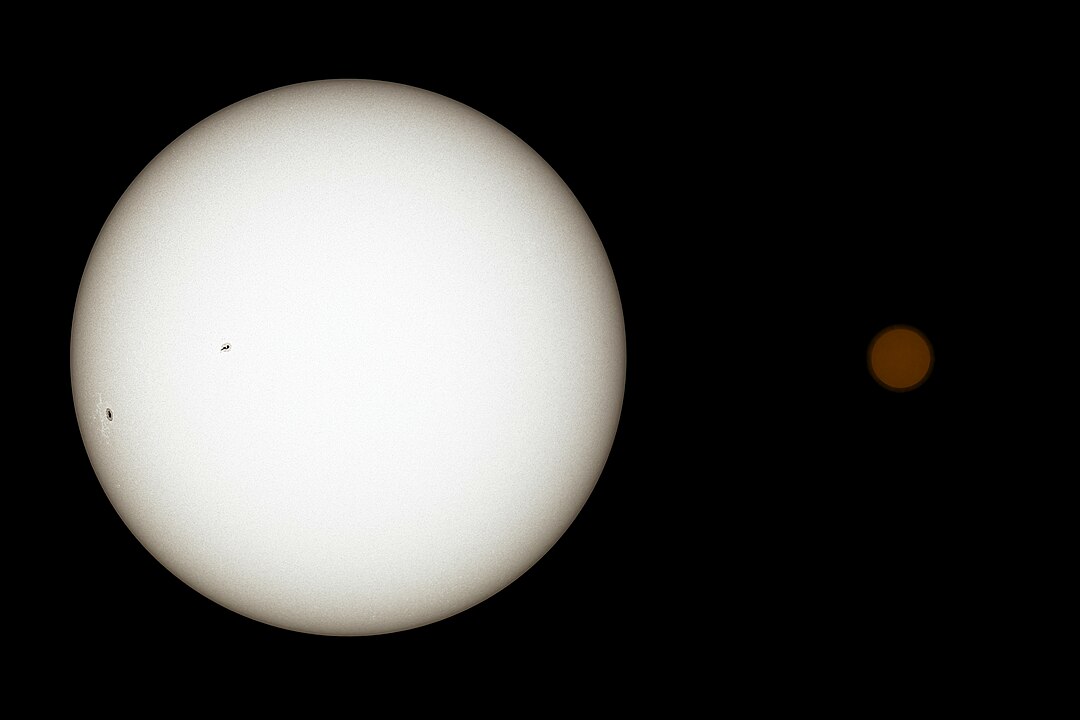
Are we alone in the universe? It’s a question that has, despite extensive and sometimes ingenious attempts, yet to be answered. In one of the most ambitious searches for extraterrestrial intelligence ever conducted, Chinese scientists have used the world's largest radio telescope to scan the famous TRAPPIST-1 star system for signs of alien technology. The Five hundred metre Aperture Spherical Telescope is the world's largest single dish radio telescope, and the search for extraterrestrial intelligence (SETI) is one of its five key science objectives.
Continue reading
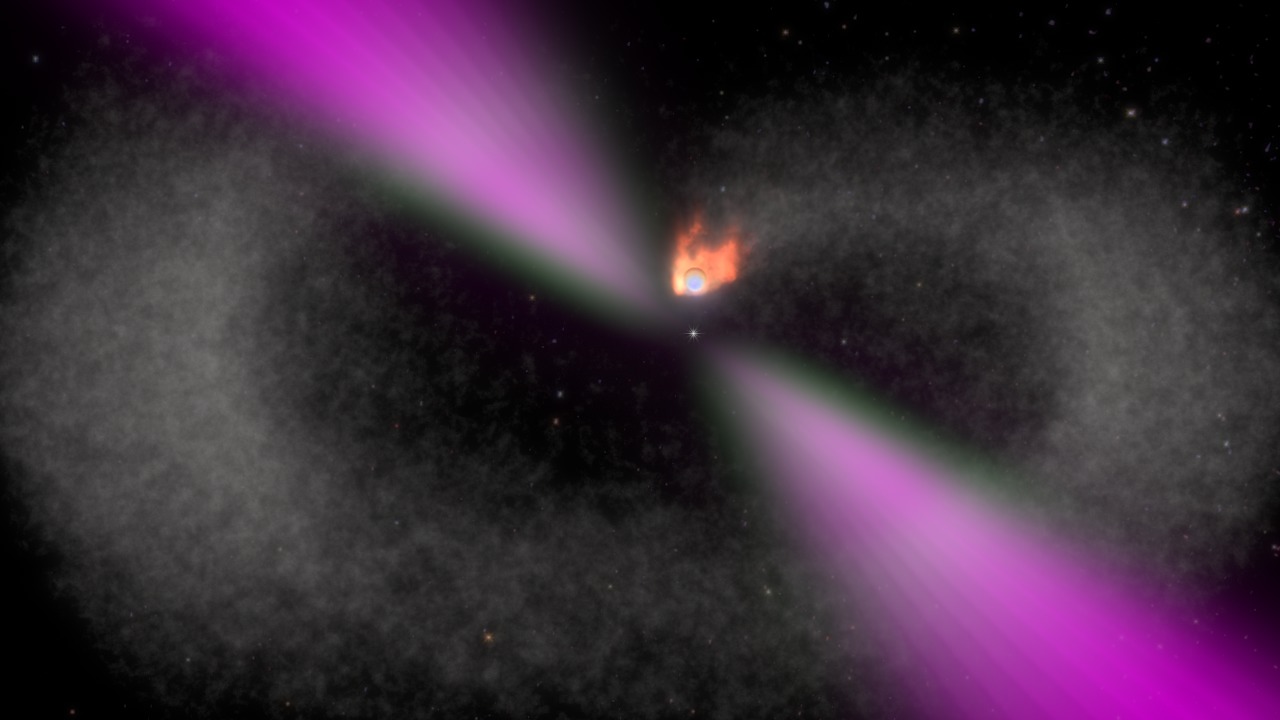
Science advances through data that don’t fit our current understanding. At least that was Thomas Kuhn’s theory in his famous On the Structure of Scientific Revolutions. So scientists should welcome new data that challenges their understanding of how the universe works. A recent paper, available in pre-print on arXiv, using data from the James Webb Space Telescope (JWST) might just have found some data that can do that. It looked at an exoplanet around a millisecond pulsar and found its atmosphere is made up of almost entirely pure carbon.
Continue reading
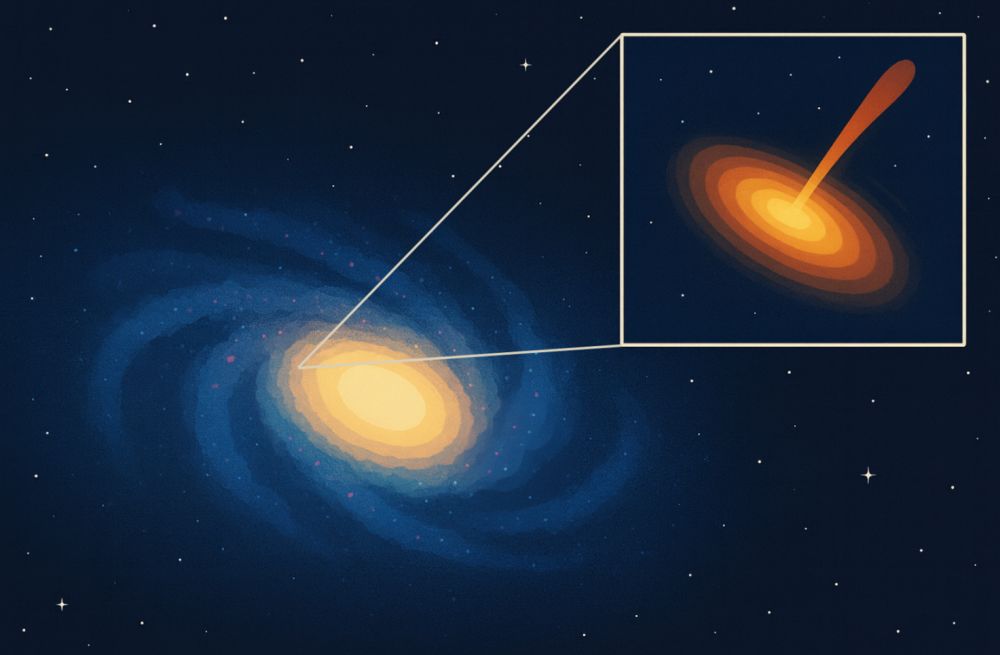
Traditionally, black holes are usually thought to reside at the centers of galaxies. However, a research team led by Dr. An Tao from the Shanghai Astronomical Observatory of the Chinese Academy of Sciences has discovered a wandering black hole in a dwarf galaxy located about 230 million light-years away.
Continue reading
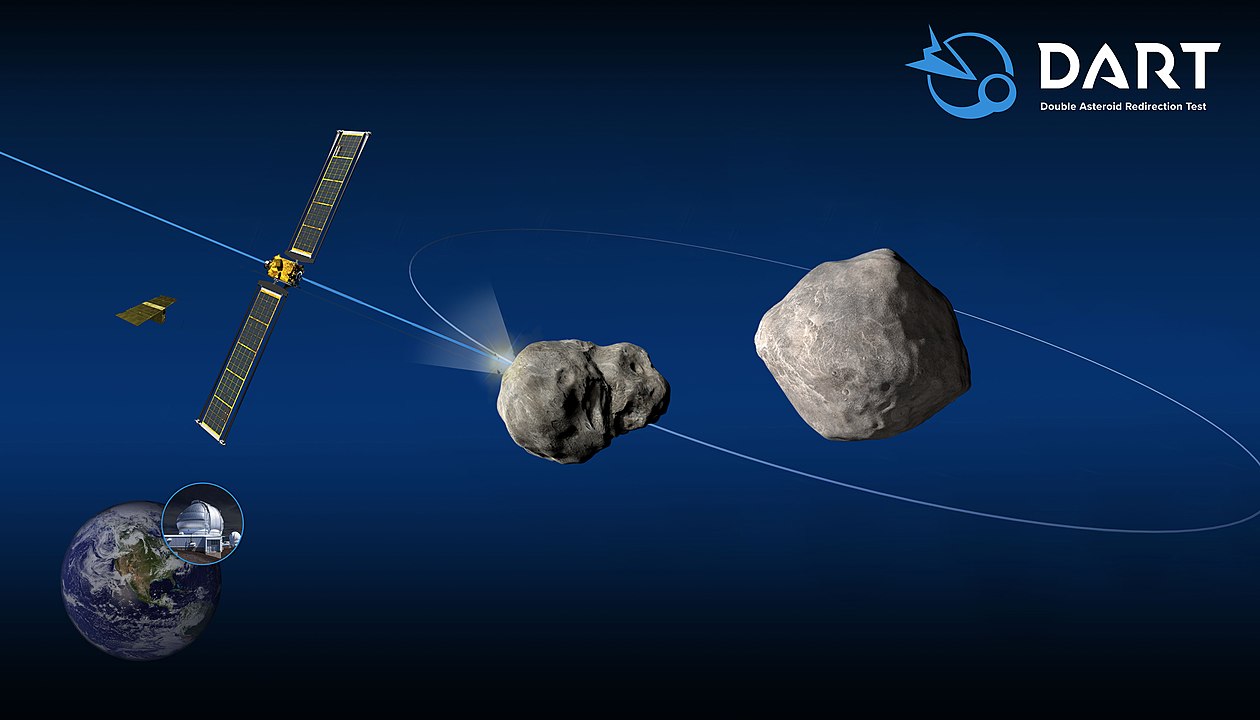
It was a chilly night when I peered through my 10” Meade LX200 telescope from Norfolk in the UK! I wasn’t completely convinced it would appear nor even be visible but bang on the prediction, asteroid 2002 MN drifted by my field of view and I was amazed at how accurately we could predict its path! That precision in tracking asteroid trajectories has become even more critical now that we're actively exploring how we can deflect them. A team of scientists have made a discovery about asteroid deflection that's both fascinating and sobering at the same time. Hit an asteroid in the wrong spot, and you might accidentally steer it through a "gravitational keyhole" that sending it back toward Earth years later.
Continue reading
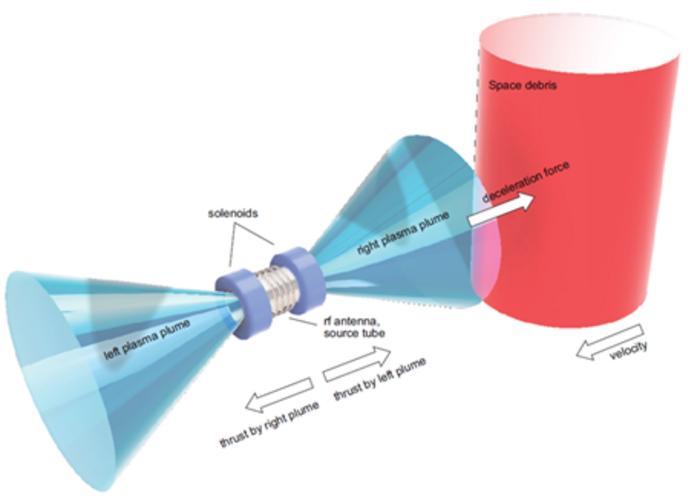
There are plenty of labs working on solutions to Kessler Syndrome, where there’s so much debris in low Earth orbit that rockets are no longer capable of reaching it without being hit with hypersonic parts of defunct equipment. While we haven’t yet gotten to the point where we’ve lost access to space, there will come a day where that will happen if we don’t do something about it. A new paper from Kazunori Takahashi of Tohoku University in Japan looks at a novel solution that uses a type of magnetic field typically seen in fusion reactors to decelerate debris using a plasma beam while balancing itself with an equal and opposite thrust on the other side.
Continue reading

 Universe Today
Universe Today


















